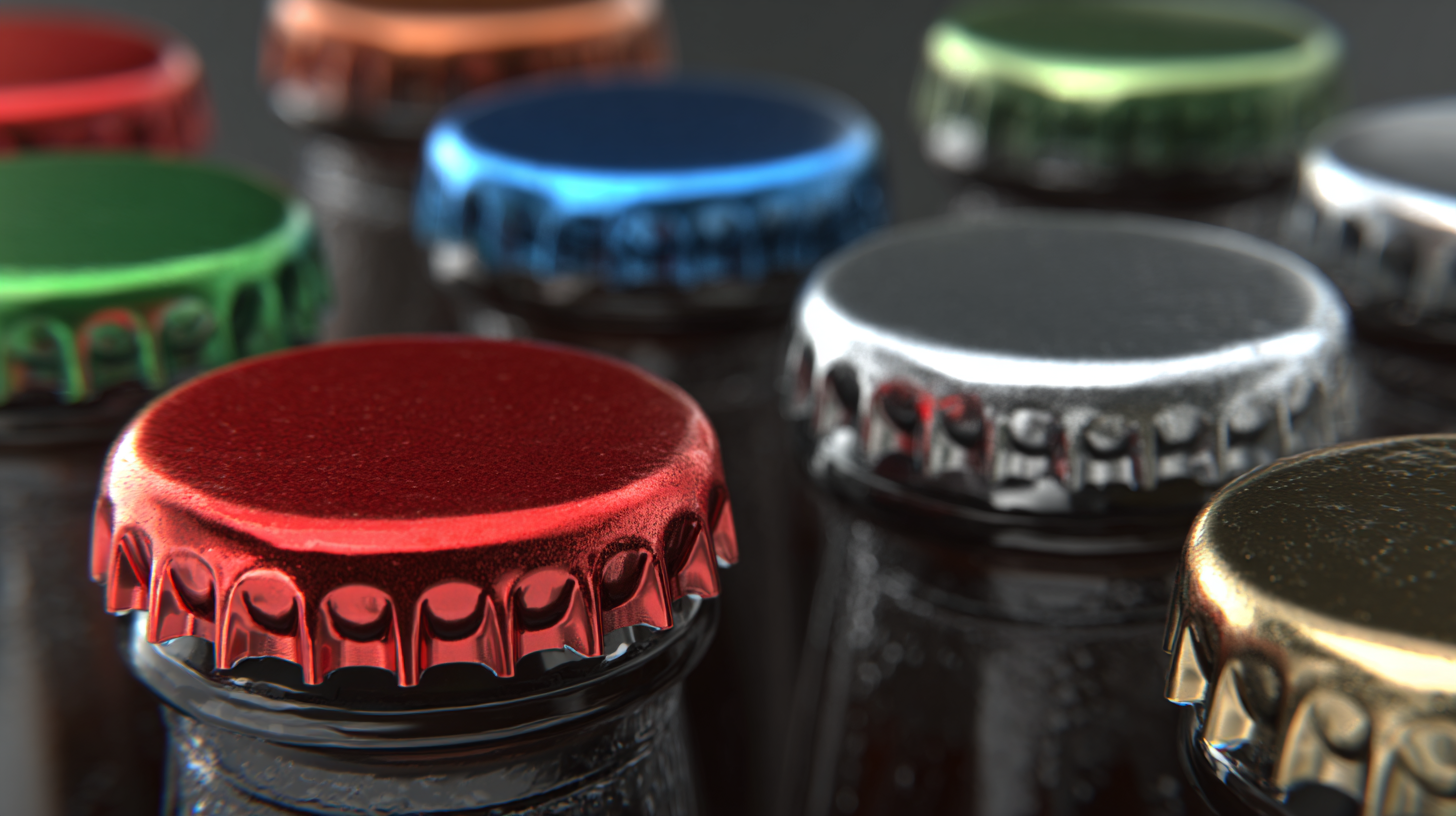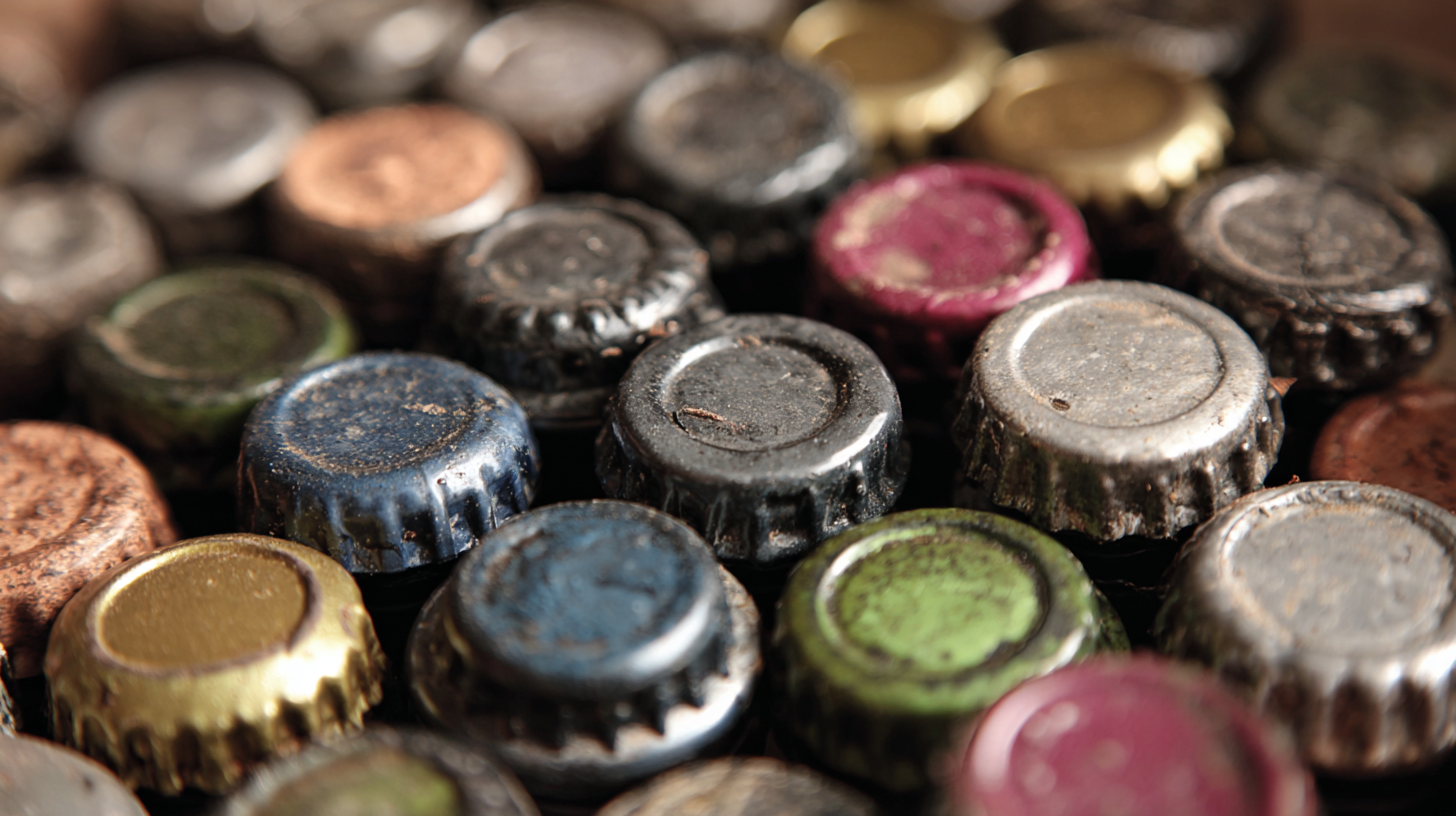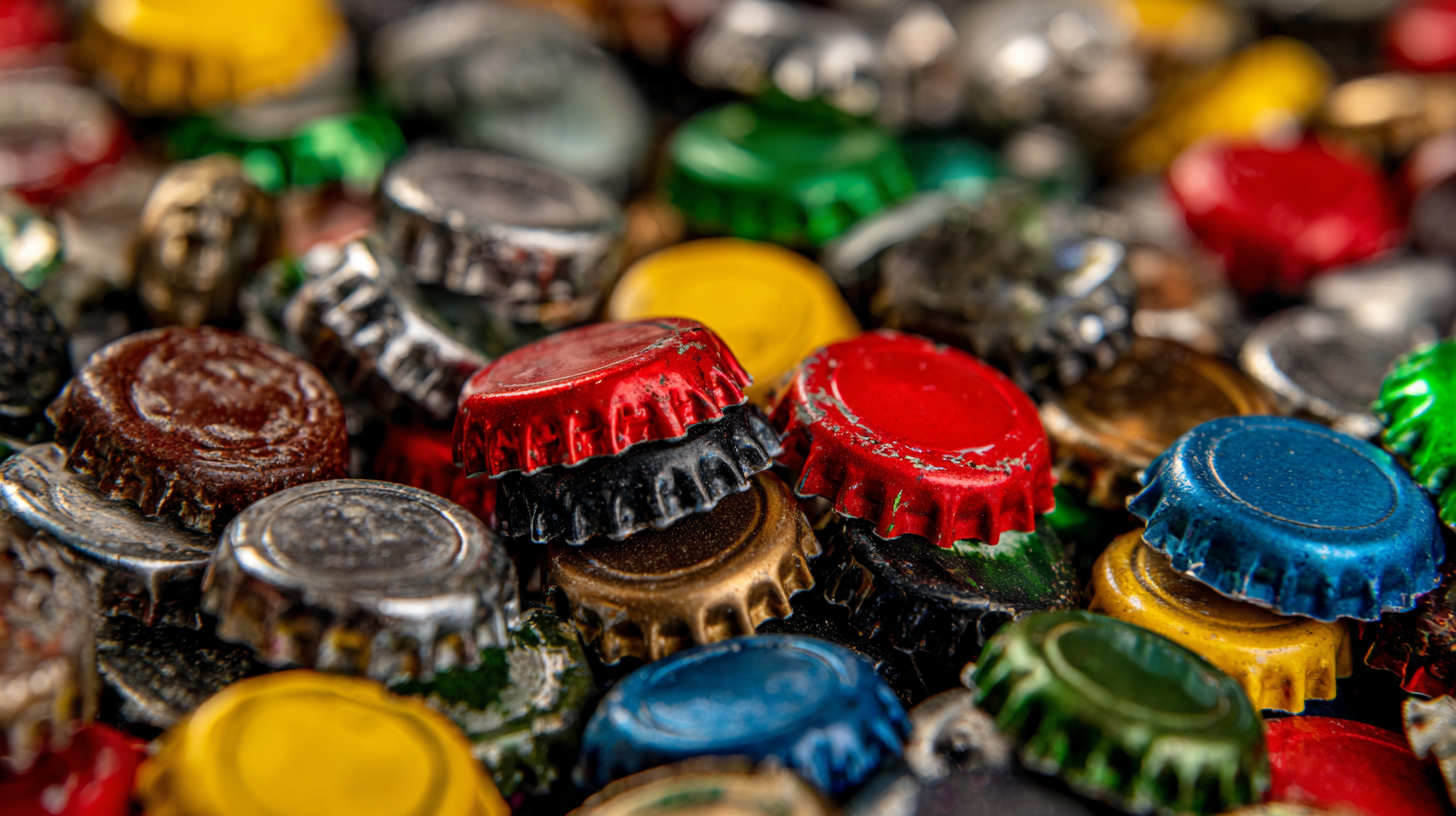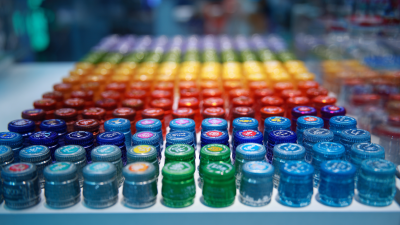
In the ever-evolving beverage industry, the role of bottle caps has emerged as a crucial element in determining product freshness and sustainability. According to a recent report by the Beverage Marketing Corporation, nearly 70% of consumers are increasingly concerned about packaging sustainability, impacting their purchasing decisions. As brands strive to meet these eco-conscious demands, understanding how various materials for bottle caps can either preserve flavor or contribute to environmental waste is essential. Notably, advancements in cap technologies, such as the use of biodegradable and recyclable materials, are noteworthy as they can significantly reduce the carbon footprint associated with packaging. Furthermore, a study from the Plastic Pollution Coalition indicates that switching to alternative materials for bottle caps can mitigate up to 10 million tons of plastic waste per year. This article delves into the secrets of bottle caps, illuminating how material choices can enhance beverage freshness while promoting a more sustainable future.

The choice of materials for bottle caps plays a crucial role in beverage preservation, influencing both freshness and sustainability. Traditional caps, often made from metal or plastic, vary significantly in their ability to create an airtight seal. A well-designed cap can effectively prevent oxygen ingress and limit carbonation loss, while inferior materials may lead to a decline in beverage quality over time. For instance, metal caps with inner liners often provide superior sealing properties, effectively maintaining the integrity of carbonated drinks.
In contrast, the growing trend towards sustainable materials, such as plant-based plastics and recyclable options, poses both opportunities and challenges. While these materials can be beneficial for the environment, their capacity to preserve beverages may not always match that of conventional caps. As manufacturers seek to balance sustainability with functionality, the innovation in cap technologies becomes paramount. This evolution is essential not only for enhancing the shelf life of beverages but also for meeting consumer demands for eco-friendly products. The interplay between material choice and preservation efficacy highlights the importance of intentional design in the beverage industry.
The choice of materials for beverage caps significantly influences both freshness and sustainability. Traditional materials, primarily polypropylene and aluminum, have long been dominant in the market due to their proven ability to create airtight seals. These materials effectively prevent oxygen and other external factors from compromising the quality and flavor of beverages, ensuring that products maintain their intended freshness from production to consumption. However, the environmental impact of these conventional materials is substantial, contributing to growing concerns about plastic waste and the carbon footprint of aluminum production.
In contrast, sustainable materials have emerged as viable alternatives that address these concerns while still offering effective sealing properties. Biodegradable plastics, made from plant-based resources, are gaining traction. These materials not only reduce the environmental impact by breaking down more easily than traditional plastics but also maintain the freshness of the beverages. Additionally, reusable and recyclable materials are becoming more common, encouraging a circular economy approach.
By evaluating the performance and environmental implications of both traditional and sustainable materials, beverage manufacturers can make informed decisions that not only enhance the shelf life of their products but also align with the increasing consumer demand for sustainability.
Innovative cap designs are revolutionizing how beverages maintain their freshness while also addressing sustainability concerns. Traditional caps often allow air and light to compromise the quality of the drink inside, leading to flavor loss and increased waste. New designs, such as vacuum-sealed and non-refillable caps, are specifically engineered to minimize exposure to external elements, effectively prolonging the shelf life of beverages. These advancements not only keep drinks fresher for longer but also encourage responsible consumer behavior by reducing the likelihood of premature disposal.
**Tips: Choose caps made from recyclable materials to contribute to sustainability efforts. Look for brands that use biodegradable alternatives to conventional plastics. Additionally, consider investing in beverages that prioritize innovative cap technology, as this often reflects a company's commitment to freshness and environmental responsibility.**
Furthermore, the move towards environmentally friendly cap designs aligns with the growing consumer demand for sustainable practices. Companies are now experimenting with designs that not only improve functionality but also integrate eco-conscious materials. By opting for caps that adhere to sustainable standards, consumers can enjoy their favorite beverages while supporting environmentally friendly initiatives. This shift not only enhances freshness for the consumer but also plays a vital role in reducing overall waste in the beverage industry.
**Tips: Always check for certification labels on caps to ensure they meet sustainability criteria. Support brands that actively promote transparency about their packaging materials and recycling processes.**

The environmental impact of bottle cap production and disposal is a pressing concern in the beverage industry. According to a 2021 report from the Beverage Industry Environmental Roundtable, plastic bottle caps contribute significantly to overall packaging waste, with approximately 1.5 million tons of plastic caps discarded annually in the U.S. alone. The production of these caps, primarily from polypropylene, involves vast quantities of fossil fuels, emitting an estimated 2.5 million metric tons of CO2 annually as per the Plastic Pollution Coalition. This highlights the need for better material choices and recycling practices.
On the disposal front, a staggering 80% of plastic bottles and their caps end up in landfills or the ocean, where they can take hundreds of years to decompose. The National Oceanic and Atmospheric Administration estimates that millions of marine animals are affected by plastic pollution each year. Efforts to switch to biodegradable materials or enhance recycling initiatives are crucial. For instance, companies implementing extended producer responsibility (EPR) policies have shown a promising reduction in plastic waste, with an observed 25% decrease in landfill contributions in regions with such regulations. These figures underscore the critical intersection of sustainability and fresh beverage preservation, pushing the industry toward more responsible practices.
The beverage packaging market is experiencing a significant transformation, driven by sustainability initiatives and evolving consumer preferences. As awareness regarding environmental impact grows, manufacturers are increasingly adopting sustainable materials for packaging solutions. This shift not only aims to reduce the ecological footprint but also caters to a dedicated customer base that prioritizes environmentally friendly products. For example, the aluminum foil market is witnessing rising demand for eco-friendly variants and enhanced recycling methods, reflecting an industry-wide commitment to sustainability.
Flexible packaging, in particular, is gaining traction as a popular choice among brands seeking to position themselves as eco-conscious. With expected market growth—from $10,485.9 million in 2025 to $58,335.9 million by 2033—flexible packaging serves as an effective way to reduce waste and promote recyclability. This trend highlights the importance of selecting materials that not only preserve beverage freshness but also contribute to a circular economy. Companies like those leading in low-carbon aluminum solutions exemplify the industry's movement towards sustainable practices, reinforcing the necessity for brands to integrate sustainable packaging as a core element of their business strategies.







